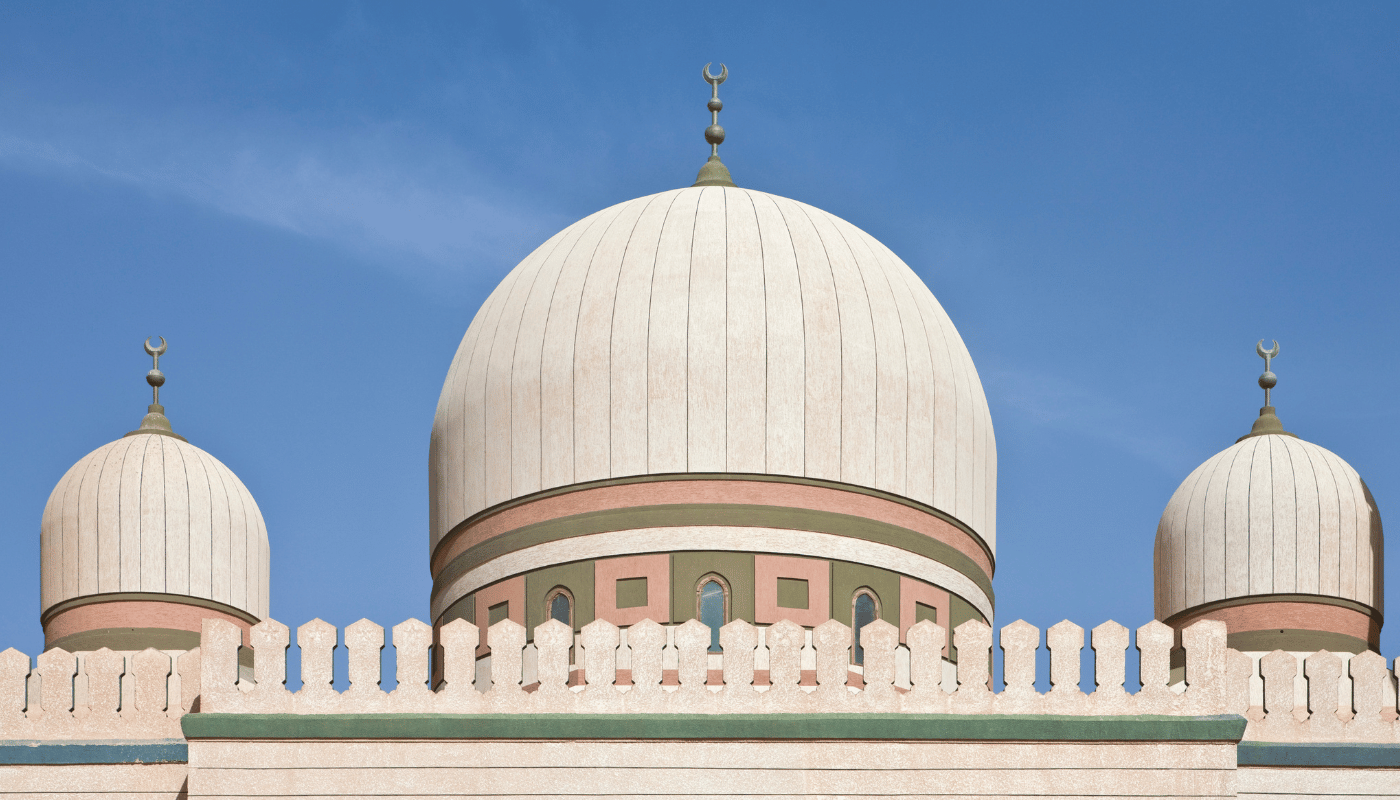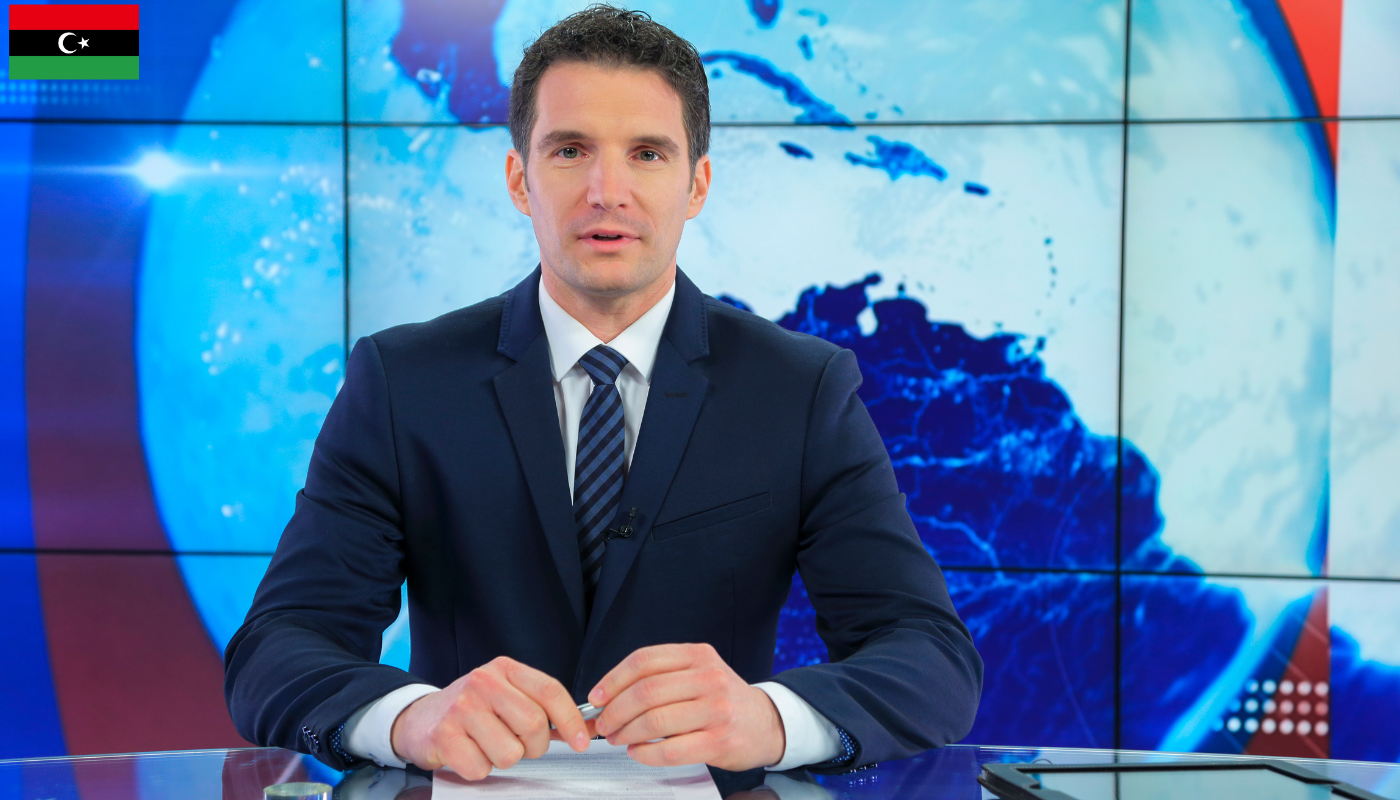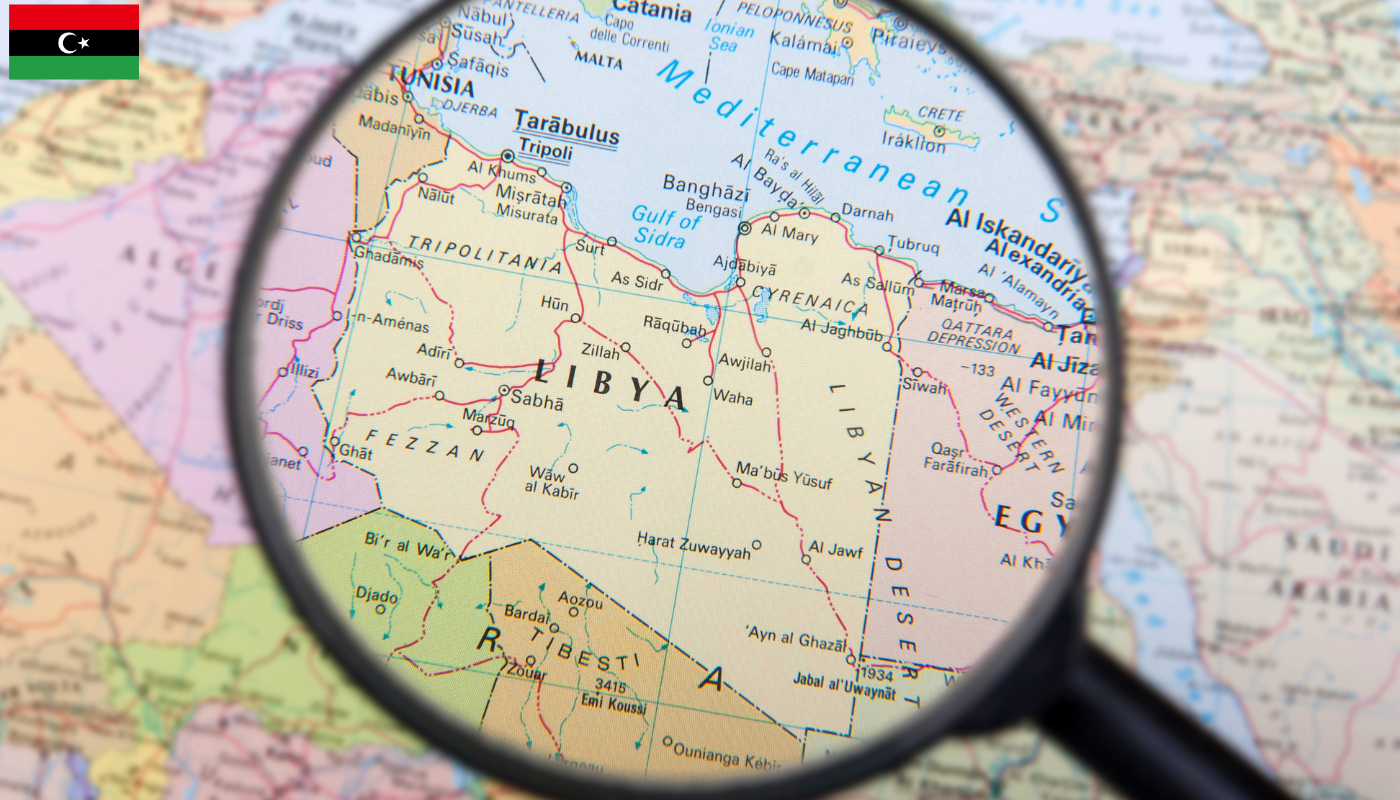Libya, a country with a rich history that spans thousands of years, has experienced various forms of governance from ancient empires to modern states. Today, the type of government in Libya is a subject of global interest due to its significant impact on regional stability and international relations. This article delves into the complexities of Libya’s political landscape, exploring the structure, functions, and challenges of its current government system. Join us as we uncover the governing framework of this pivotal North African nation.
Historical Overview of Libyan Governance
The history of Libyan governance is a complex tapestry woven with threads of colonial legacy, revolutionary fervor, and the quest for stability in a post-revolution era. Libya, a country rich in oil reserves, has seen dramatic shifts in its political landscape, which have significantly influenced its governance structures. The country’s governance history can be broadly categorized into three main eras: the Monarchical era under King Idris I, the revolutionary regime of Muammar Gaddafi, and the post-2011 era marked by fragmentation and the quest for unity.
The Monarchical era began when Libya gained independence in 1951, with King Idris I at the helm, establishing a federal monarchy. This period was characterized by a relatively stable governance structure, albeit under a centralized authority. However, the discovery of oil in the late 1950s brought significant economic and social changes, laying the groundwork for future upheaval. The Gaddafi era commenced with a coup in 1969, leading to the establishment of the Libyan Arab Jamahiriya, a state based on Gaddafi’s unique ideology outlined in the Green Book. This period was marked by authoritarian rule, with Gaddafi’s government controlling all aspects of life in Libya. The regime was known for its pan-Arab and pan-African aspirations, as well as its support for various liberation movements worldwide. However, it was also a time of significant human rights abuses and international isolation for Libya.
The post-2011 era began after a NATO-backed uprising resulted in the overthrow of Gaddafi’s regime. This period has been marked by political fragmentation, with various factions vying for control. The resultant power vacuum led to the emergence of two rival administrations: one in the East, supported by the Libyan National Army (LNA), and the other in the West, recognized by the United Nations and based in Tripoli. This division has been further complicated by the involvement of international actors and mercenaries, making the prospect of a unified Libyan state challenging.
| Era | Leader(s) | Characteristics |
|---|---|---|
| Monarchical (1951-1969) | King Idris I | Stable federal monarchy, economic growth due to oil |
| Gaddafi Era (1969-2011) | Muammar Gaddafi | Authoritarian rule, pan-African and pan-Arab ideology, international isolation |
| Post-2011 | Various factions | Political fragmentation, rival administrations, international involvement |
| Current Situation | UN-backed Government and LNA | Quest for unity, ongoing conflict, international mediation efforts |
The journey of Libyan governance through these distinct eras highlights the nation’s struggle with internal cohesion and the establishment of a stable government post-revolution. Despite the immense challenges, there remains a glimmer of hope among Libyans and the international community for a peaceful resolution that can bring about a unified and democratic Libya. The historical context of Libyan governance provides crucial insights into the complexities of state-building in a post-authoritarian context, emphasizing the need for inclusive dialogue and reconciliation as foundational to the country’s future.
Understanding Libya’s Complex Governance Structure
Libya, a country with a rich history and significant geopolitical importance, has undergone tremendous political and social changes since the Arab Spring in 2011. The fall of Muammar Gaddafi’s four-decade regime marked the beginning of a new era, but not the stability many hoped for. Today, Libya’s governmental structure is not straightforward, reflecting the country’s fragmented political landscape. This complexity can be attributed to the presence of two major rival factions: the internationally recognized Government of National Accord (GNA) based in Tripoli, and the Libyan National Army (LNA), led by Khalifa Haftar, dominating the eastern part of the country.
The GNA, established in 2015 through a UN-led initiative, aimed to create a unity government but has struggled to assert control across Libya’s vast territory. Its authority is challenged by the LNA, which controls significant portions of the east and south. This division has led to a dual power situation, complicated further by the involvement of various militias and foreign powers. The peace process, including the Skhirat Agreement and various ceasefire attempts, has seen limited success, with the political landscape remaining volatile.
Moreover, efforts to establish a unified interim government have been ongoing, aiming to lead Libya towards elections and eventual stability. The UN-led Libyan Political Dialogue Forum (LPDF) in 2021 marked a step forward, proposing a roadmap for national elections. However, the path to a cohesive government structure remains fraught with challenges, including securing a cease-fire, merging divided institutions, and ensuring fair electoral processes. In this intricate scenario, understanding Libya’s governance requires acknowledging the deep divisions, the external influences, and the aspirations of the Libyan people for peace and unity.
| Aspect | GNA | LNA |
|---|---|---|
| Establishment | 2015 | 2014 |
| Based in | Tripoli | Eastern Libya |
| Leader | Fayez al-Sarraj (Former) | Khalifa Haftar |
| Support | UN, Various International Actors | Various Regional Powers |
| Objective | Unity Government | Military Dominance |
Libya’s governance situation is a reflection of broader regional dynamics and the international community’s varying interests in the country. The division between the GNA and the LNA is not just a political divide but also a geographical and ideological one, with each side backed by different international actors seeking influence in North Africa. This external involvement has further complicated the internal dynamics, making the path towards a unified, stable Libya challenging. However, the ongoing efforts for peace and the establishment of a unified interim government underscore the resilience and determination of the Libyan people to overcome these challenges. The complexity of Libya’s governance structure, therefore, provides a fascinating insight into the challenges of state-building and governance in a post-conflict scenario.
The Fall of Gaddafi and Aftermath
The fall of Muammar Gaddafi in 2011 marked a pivotal moment in Libya’s history, ushering in a period of hope, chaos, and uncertainty. In the wake of the Arab Spring, the Libyan Revolution was ignited by demands for political freedom and reform. The subsequent civil war led to the end of Gaddafi’s four-decade regime, but the aftermath was anything but peaceful. The power vacuum left by Gaddafi’s downfall plunged the country into turmoil, as various factions vied for control, leading to ongoing conflict and instability.
In the years following Gaddafi’s fall, Libya has struggled to establish a unified government. The country has been divided between the internationally recognized Government of National Accord (GNA) based in Tripoli, and the Libyan National Army (LNA), controlled by Khalifa Haftar, in the east. This division has fueled a civil war, with both sides backed by international supporters. The political fragmentation has hindered efforts to rebuild the nation, worsen the humanitarian situation, and allowed extremist groups to gain a foothold.
The international community’s involvement has been a double-edged sword, providing support to various factions while sometimes exacerbating the conflict. Efforts by the United Nations to broker peace and unity have seen limited success, with ongoing negotiations and ceasefires frequently collapsing. The Libyan people’s aspirations for democracy and stability remain unfulfilled, highlighting the complex challenges of nation-building in the post-Gaddafi era.
Libya’s Quest for Stability
The aftermath of Gaddafi’s fall has left Libya in a precarious state, seeking a path to stability and unity. Amidst the political chaos, efforts to establish a cohesive government and rebuild the nation continue. The Libyan Political Dialogue Forum, under the auspices of the United Nations, represents a glimmer of hope for creating a roadmap towards elections and lasting peace. However, the road ahead remains fraught with challenges, as deep divisions and the interests of foreign powers complicate the path to reconciliation and rebuilding.
International Influence and Its Implications
The role of international actors in Libya’s post-Gaddafi landscape has been significant, with various countries supporting different factions. This external involvement has sometimes contributed to the prolongation of conflict, making the quest for sovereignty and self-determination more complex. As Libya strives towards unity, the influence of foreign powers underscores the need for a balanced approach that prioritizes the well-being and aspirations of the Libyan people above external interests.
- The Libyan Revolution and its impact on the region
- Key factions in post-Gaddafi Libya
- The role of the United Nations in peacekeeping efforts
- External influences and their effects on internal dynamics
- Challenges and opportunities in rebuilding Libya
Current Political Structure in Libya
The political landscape of Libya has been notably turbulent since the 2011 uprising that led to the ousting of long-time ruler Muammar Gaddafi. This pivotal moment marked the beginning of a journey towards establishing a democratic governance structure. However, Libya’s path has been fraught with challenges, including civil conflict, political fragmentation, and the emergence of rival governments. The current political structure of Libya is characterized by a complex and often fluid situation, with two main factions claiming legitimacy and governance over the country.
On one side is the Government of National Accord (GNA), based in Tripoli, which is internationally recognized and supported by the United Nations. On the other side, there is the Libyan National Army (LNA), led by General Khalifa Haftar, which controls significant portions of Eastern Libya, including the city of Benghazi. This division has led to a decentralized governance model, where local militias and foreign powers often exert significant influence, further complicating the political landscape.
Efforts to unify the country under a single, cohesive government structure have been ongoing, with multiple rounds of negotiations facilitated by international bodies. The aim is to establish a government that is representative, inclusive, and capable of addressing the myriad challenges facing Libya, from rebuilding the economy to ensuring security and reconciling divided communities. The road ahead is fraught with difficulties, but the aspiration for a stable and democratic Libya remains a beacon of hope for its citizens.
- Government of National Accord (GNA) – Internationally recognized government based in Tripoli.
- Libyan National Army (LNA) – Controls significant portions of Eastern Libya.
- United Nations Support Mission in Libya (UNSMIL) – Facilitates negotiations and supports peace efforts.
- Political Dialogue Forum – Aims to create a unified interim government.
- Local militias and foreign powers – Play a significant role in Libya’s current political dynamics.
Challenges Facing Libya’s Government
Since the fall of Muammar Gaddafi in 2011, Libya has been ensnared in a complex web of challenges that have impeded its progress towards a stable and unified government. The power vacuum left by Gaddafi’s demise led to the emergence of multiple factions each claiming legitimacy over the nation. This fragmentation is the root cause of the ongoing conflict and discord in Libya. Among these challenges, the struggle for control between the internationally recognized Government of National Accord (GNA) based in Tripoli and the Libyan National Army (LNA) led by Khalifa Haftar in the east stands out as particularly detrimental to the nation’s unity.
Furthermore, the presence of external forces meddling in Libya’s affairs has exacerbated the situation, making it more difficult for the country to find a peaceful resolution to its conflicts. These external actors often supply military support to their preferred factions, deepening the division and hindering the peace process. Additionally, Libya’s economy, heavily reliant on oil, has suffered greatly. The fluctuating control of oil fields and facilities has led to a decrease in production and exportation, severely impacting the nation’s revenue and further destabilizing the region.
Moreover, the humanitarian aspect cannot be overlooked. The ongoing conflict has led to a dire humanitarian crisis, with thousands of Libyans displaced and in dire need of aid. The infrastructure of the country has been significantly damaged, further complicating the path to recovery and reconstruction.
| Challenge | Impact | Potential Solution |
|---|---|---|
| Political Fragmentation | Prevents national unity and effective governance | UN-led dialogue for a unified government |
| External Interference | Exacerbates conflict and division | International agreement on non-interference |
| Economic Instability | Decreases national revenue and increases poverty | Stabilizing oil production and diversifying economy |
| Humanitarian Crisis | Displacement and lack of basic services | International aid and internal rebuilding efforts |
| Infrastructure Damage | Hampers economic recovery and service delivery | Reconstruction plans with international support |
The government of Libya faces a monumental task in overcoming the multifaceted challenges that have plagued the country since 2011. Efforts to stabilize the nation must address not only the political discord but also the economic, humanitarian, and infrastructural issues that have arisen from years of conflict. Achieving stability in Libya requires a concerted effort from both national leaders and the international community to foster dialogue, rebuild institutions, and restore public services. The path forward is fraught with difficulties, but with sustained commitment, Libya can hope to emerge from its protracted crisis and embark on a journey towards peace and prosperity.
International Recognition and Relations
Libya’s position on the global stage has been marked by a complex web of international recognition and relations, particularly following the 2011 uprising that led to the overthrow of Muammar Gaddafi. The aftermath of this significant political shift saw the emergence of rival governments, each vying for legitimacy and control over the nation. This duality has greatly complicated Libya’s international relations and the recognition of its legitimate government.
The international community has played a pivotal role in shaping the political landscape of Libya post-2011. Initially, the National Transitional Council (NTC) received broad recognition as the legitimate representative of the Libyan people in the wake of Gaddafi’s fall. However, as power fragmented, different factions and governments emerged, leading to a bifurcation of international support. On one side, the Government of National Accord (GNA), established in 2015 under the UN-led Libyan Political Agreement, has been recognized by the United Nations and a majority of the international community as the legitimate government of Libya. This recognition is based on the GNA’s establishment through a consensus-driven process and its commitment to a democratic transition. On the other side, the Libyan National Army (LNA), led by General Khalifa Haftar and its allied House of Representatives based in Tobruk, has received support and recognition from various countries, highlighting the divided nature of international relations with Libya.
The complexity of Libya’s international relations is further exacerbated by the involvement of foreign powers in its internal conflicts. Countries like Turkey and Qatar have shown support for the GNA, while nations such as Egypt, the United Arab Emirates, and Russia have been more inclined towards backing the LNA. This external involvement has not only influenced the course of the conflict but also the diplomatic landscape, making the path to a unified Libya challenging. The international community’s divided stance has underscored the need for a cohesive approach to support Libya’s journey towards stability and unity.
- 2011 Uprising and the fall of Muammar Gaddafi.
- Establishment of the National Transitional Council (NTC).
- Formation of the Government of National Accord (GNA) in 2015.
- Emergence of the Libyan National Army (LNA) and the House of Representatives.
- International involvement and support divided between GNA and LNA.
The international recognition of and relations with Libya present a multifaceted challenge that requires diligent navigation. The ultimate goal remains the establishment of a unified, stable government that can lead Libya towards peace and prosperity. Achieving this will necessitate a concerted effort from both Libyan political entities and the international community to prioritize dialogue, reconciliation, and the well-being of the Libyan people above all else. As the situation evolves, the hope is for a resolution that respects the sovereignty of Libya and meets the aspirations of its citizens for a democratic and prosperous future.
In conclusion, the intricate web of international recognition and relations surrounding Libya highlights the complexities of global diplomacy in a world where national interests often intersect with the aspirations for democracy and stability. The path forward for Libya requires not just a resolution to its internal conflicts but also a unified approach by the international community to foster a sustainable peace. The journey is fraught with challenges, but the potential for a unified and prosperous Libya remains an endeavor worth striving for.






